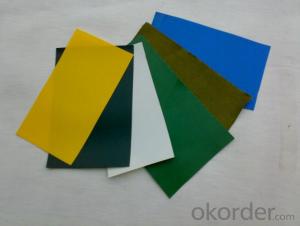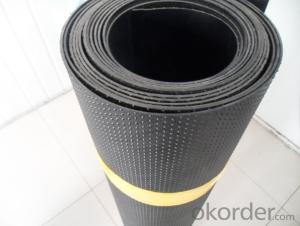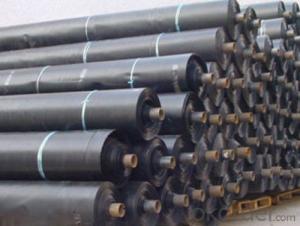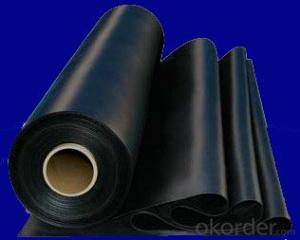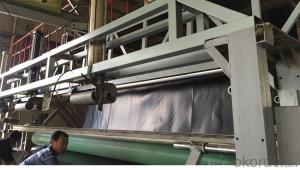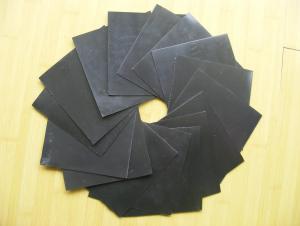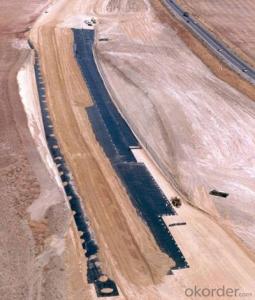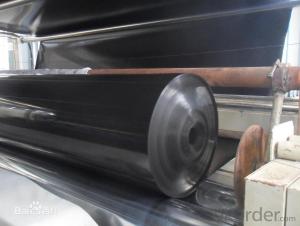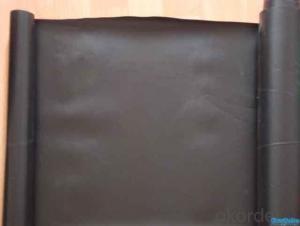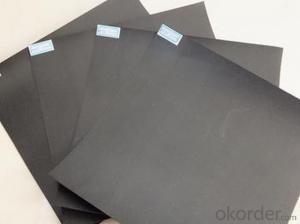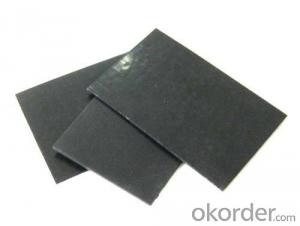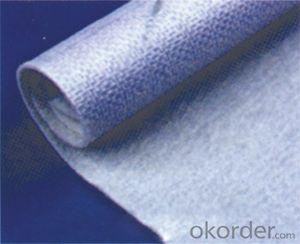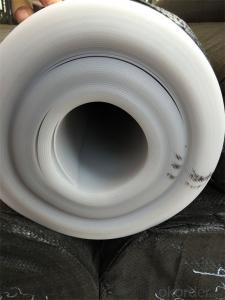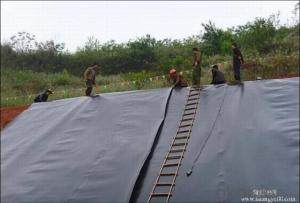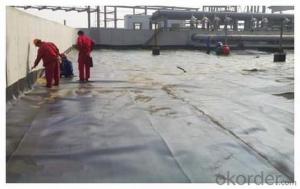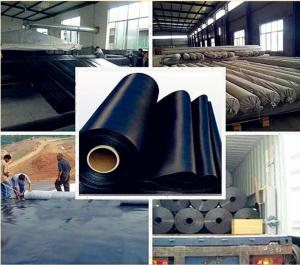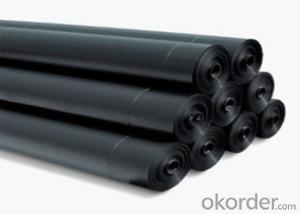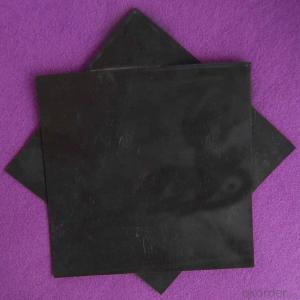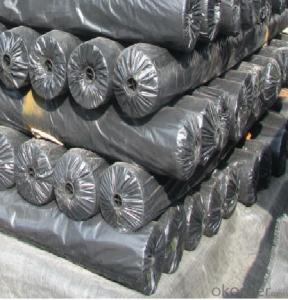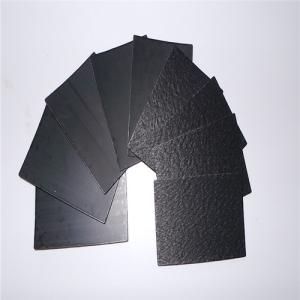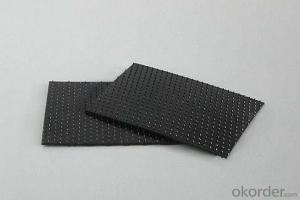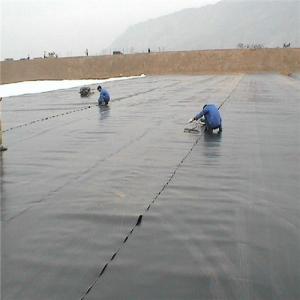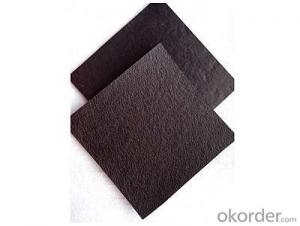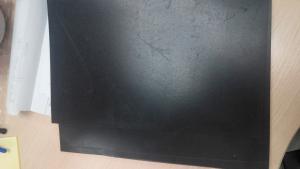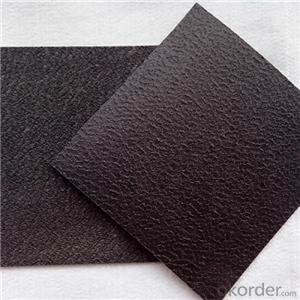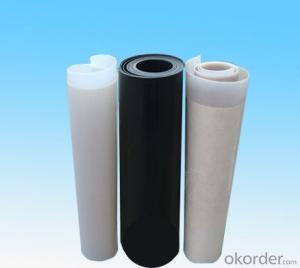Fpp Geomembrane
Fpp Geomembrane Related Searches
Blu Ray Player With Internet Geomembrane In Pakistan 30 Mil Pvc Geomembrane Pvc Geomembrane Specifications Pvc Geomembrane Geomembrane Machine Plastic Geomembrane Nonwoven Wallpaper Geomembrane Material Geomembrane FabricHot Searches
Geomembrane For Sale China Pvc Geomembrane China Geomembrane Roll Sheet Hdpe Geomembrane Sheet Price Hdpe Geomembrane China China Geomembrane Geomembrane China Hdpe Geomembrane Price Geomembrane Price Wholesale Hdpe Geomembrane Roll Geomembrane Factory Wholesale Liner Hdpe Geomembrane Wholesale Geomembrane Hdpe Wholesale Hdpe Geomembrane Geomembrane Market Size Wholesale Hdpe Geomembrana Wholesale Liner Geomembrane Geomembrane Liner Supplier Wholesale Geomembrane China Pvc GeomembraneFpp Geomembrane Supplier & Manufacturer from China
Okorder.com is a professional Fpp Geomembrane supplier & manufacturer, offers integrated one-stop services including real-time quoting and online cargo tracking. We are funded by CNBM Group, a Fortune 500 enterprise and the largest Fpp Geomembrane firm in China.Hot Products
FAQ
- Yes, geomembranes are designed to be resistant to oil and chemical spills. They are made from durable materials that provide a barrier against the penetration of oils and chemicals, protecting the environment and preventing contamination.
- nan
- It depends on heating area, electric heating is recomended if the room is below 50 square, in this way, it will be more cost effective. It is suggested to install water floor heating if the room is too large. According to state regulations, carbon fiber electric heating can only be used for ceiling heating. It is easily damaged.
- Yes, geomembranes can be used for landfill capping systems. Geomembranes are impermeable liners that are used to prevent the migration of contaminants from landfills into the surrounding environment. They are commonly employed as the primary barrier in landfill capping systems to provide long-term protection for the underlying waste materials.
- The requirements for geomembranes used in desalination plants typically include high chemical resistance, durability, and impermeability to prevent water leakage. They should also possess excellent tensile strength and flexibility to withstand installation and operational stresses. Furthermore, geomembranes must meet stringent standards for water quality and should not release any harmful substances into the desalinated water.
- Geomembranes contribute to underground storage facilities by providing a reliable and durable barrier that prevents leakage and contamination of stored materials or liquids. They act as a protective lining, preventing the seepage of hazardous substances into the surrounding soil or groundwater. Additionally, geomembranes can enhance the structural integrity of the storage facility by providing stability and preventing soil erosion.
- nan
- Electrothermal?film is very energy saving and comfortable.
- nan
- In terms of environmental protection, compared to other interior decoration materials, side effects of wallpaper on human health are the minimal. However, as a raw material, the wallpaper is a single product. It should not be forgotten that varnish and wall paper adhesive are painted before the wall paper is laid. At that time, form of the wallpaper has changed a lot. After the wallpaper is paste up, the adhesive is covered behins the wallpaper, making the formaldehyde difficult to volatile, so the release cycle of formaldehyde in wall paper is relatively longer than in wall paint. Wall paint also contains formaldehyde, but construction procedures are relatively fewer than that of wallpaper. In comparison, after the latex?paint is brushed, the formaldehydewill be bascially volatile in three days and have no smell left after 15 days.But another type of pollution, mercury and lead, existed in wall paint.After the walls are painted, some children will touch them with the hand or are used to sucking their fingers. In this way, mercury and lead in paint will have an impact on the their body. Europe and other developed countries also considered the paint as the best choice for interior decoration as early as forties and fifties, but the paint is barely used now.It is seen from the above that both wallpaper and wall paint have their own environmental problems.So, on the one hand I do not recommend you to lay wallpaper all over the house; on the other hand, we also have good reason to choose wallpaper as the effect it creats can not be reached by wall paint.
- Geomembranes contribute to erosion control on slopes by acting as a barrier against water and preventing soil particles from being washed away. They provide a protective layer that reduces the impact of rainfall, minimizes surface runoff, and helps to stabilize the slope. This helps in retaining the soil in place, reducing erosion, and increasing the overall stability of the slope.










